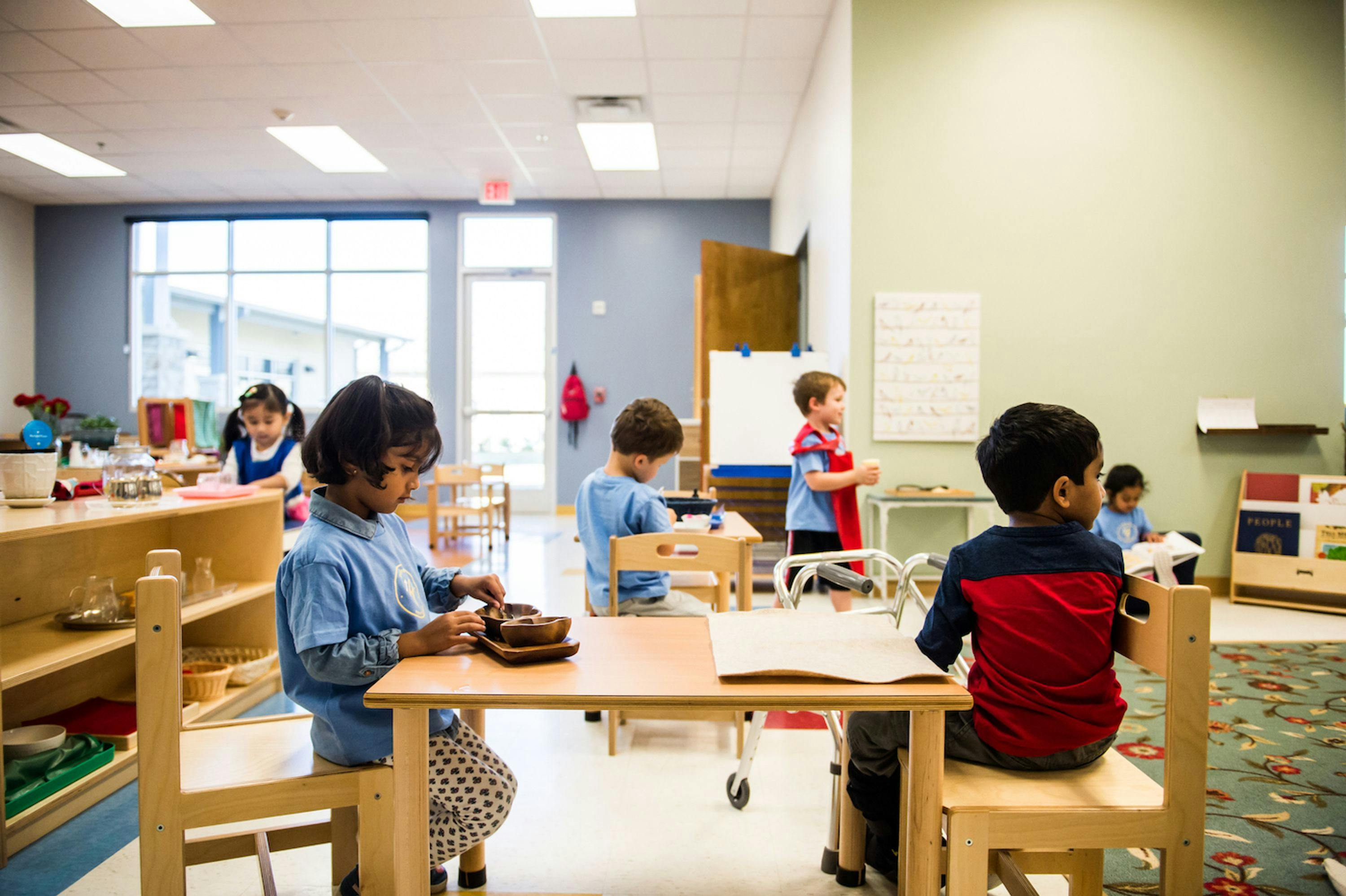"Normal" in a Montessori Classroom
Normalization is one of those Montessori terms that doesn't have an obvious meaning
The Guidepost Team
Normalization is one of those Montessori terms that doesn't have an obvious meaning. In fact, if you were to have to guess at what it means, you might say a process of forcing children to conform or become 'normal', but nothing could be further from the truth.
Normalization, as Maria Montessori used it, describes observations she made about a child's development. She observed that if a child is allowed to work at their own pace in a classroom and with materials that had been prepared for them, the child found peace, contentment and satisfaction.
Through the process of normalization, a child also developed self-discipline and intrinsic motivation, two characteristics that can't really be taught or enforced. That's one reason Montessori thought of normalization as "the most important single result of our whole work."
A guide's role in normalization is to make sure the classroom is prepared for children with materials to suit their needs. One child might need gross motor practical life work to get them on their way towards normalization, while another child's development might demand advanced math activities. When a child's developmental needs are met and normalization is achieved, you'll witness an entire classroom working peacefully and contentedly.
The Guidepost Team
The Guidepost Team is a group of writers and educators dedicated to helping demystify all things Montessori.
Sign up for our newsletter
Get started with our community today! Sign up for resources.
